Home>Gardening & Outdoor>Plant Care & Gardening Tips>When Does Wildflower Season End
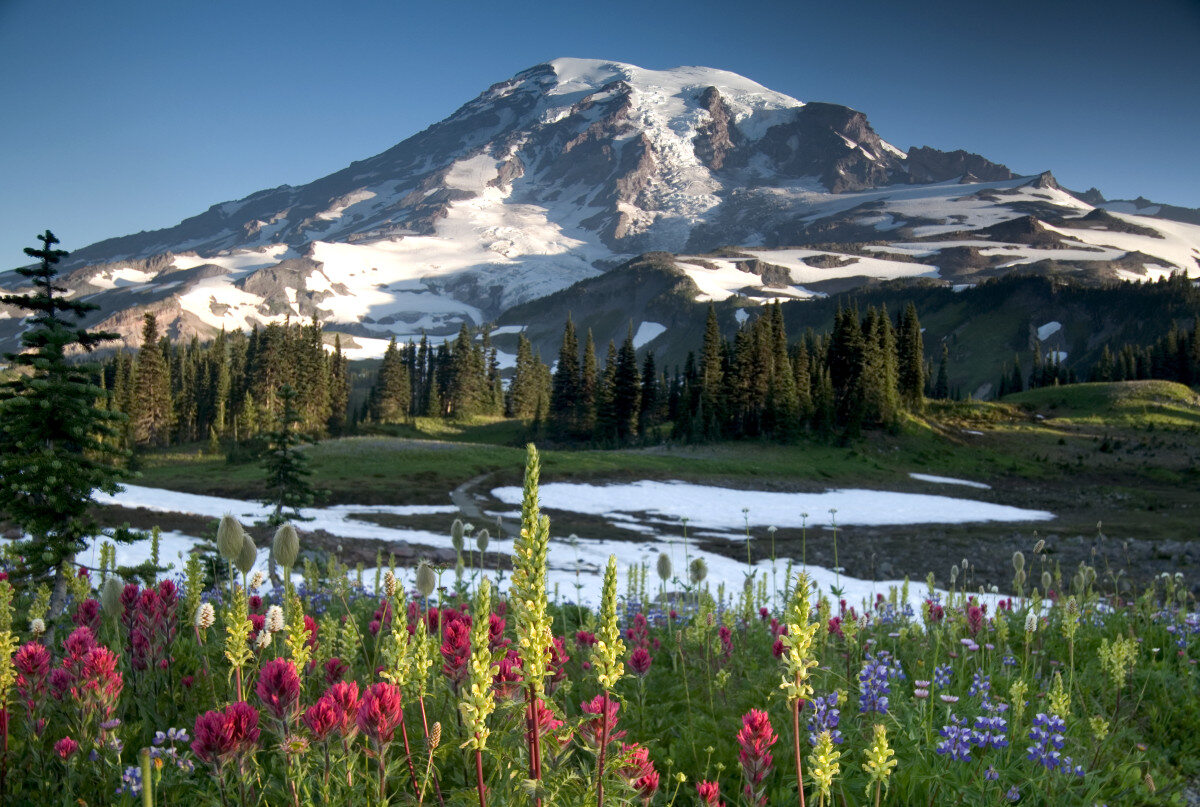

Plant Care & Gardening Tips
When Does Wildflower Season End
Modified: March 24, 2024
Discover when the wildflower season ends and get expert plant care and gardening tips to make the most of the remaining blooms. Explore advice from seasoned gardeners.
(Many of the links in this article redirect to a specific reviewed product. Your purchase of these products through affiliate links helps to generate commission for Storables.com, at no extra cost. Learn more)
**
Factors Affecting Wildflower Season Duration
**
Wildflowers are a delightful sight, painting landscapes with vibrant hues and bringing joy to nature enthusiasts. The duration of wildflower season, however, is influenced by several factors, each playing a crucial role in determining when this spectacular show comes to an end.
1. Climate and Weather Patterns
The weather has a significant impact on the duration of wildflower season. Adequate rainfall and moderate temperatures are essential for the growth and blooming of wildflowers. In regions with unpredictable weather patterns, such as sudden heat waves or heavy rainfall, the wildflower season may be shortened. Conversely, a mild, consistent climate can prolong the blooming period, allowing wildflowers to thrive for an extended time.
2. Soil Conditions
The quality of the soil directly affects the health and longevity of wildflowers. Nutrient-rich soil provides essential sustenance, enabling wildflowers to flourish and extend their blooming season. Conversely, poor soil conditions can hinder growth and lead to a shorter wildflower season.
3. Altitude and Topography
The altitude and topography of a region significantly impact the duration of the wildflower season. High-altitude areas may experience a later bloom, as the colder temperatures delay the growth and blooming of wildflowers. Additionally, the topography, including factors such as slope and exposure to sunlight, can affect the microclimates that wildflowers rely on, influencing the duration of their blooming period.
4. Indigenous Species and Ecological Balance
The presence of indigenous plant species and a balanced ecological environment contribute to the duration of the wildflower season. In areas where native wildflowers are supported by a diverse ecosystem, the blooming period is likely to be more sustained. Conversely, disruptions to the ecological balance, such as invasive species or habitat destruction, can impact the duration of the wildflower season.
5. Human Activity
Human activities, including urban development, agriculture, and recreational activities, can significantly impact the duration of the wildflower season. Habitat destruction, pollution, and land-use changes can disrupt the natural habitats of wildflowers, leading to a shortened blooming period. Conservation efforts and responsible land management play a vital role in preserving the habitats of wildflowers and extending their blooming season.
Understanding the factors that influence the duration of wildflower season provides valuable insight into the delicate balance of nature and the essential role that various elements play in sustaining the beauty of wildflowers. By respecting and nurturing the natural environment, we can contribute to the prolonged enjoyment of wildflower displays for generations to come.
Key Takeaways:
- Wildflower season duration is influenced by climate, soil quality, altitude, and human activity. Understanding these factors helps preserve the beauty of wildflowers for future generations to enjoy.
- Climate change and human impact can shorten the wildflower season. Conservation efforts and responsible land management are crucial for sustaining the natural beauty of wildflower displays.
Read more: When Is Montana Wildflower Season
Typical End Dates for Wildflower Season in Different Regions
The end of the wildflower season varies across different regions, influenced by a combination of climate, geography, and the unique characteristics of indigenous wildflower species. Understanding the typical end dates for wildflower season in various regions provides valuable insight for nature enthusiasts and travelers seeking to witness these breathtaking displays.
1. Desert Regions
In desert regions such as the southwestern United States and parts of Australia, the wildflower season often concludes in late spring or early summer. The intense heat and arid conditions characteristic of these areas lead to a relatively short blooming period, typically ending by late May or early June.
2. Mediterranean Climates
Regions with Mediterranean climates, including areas around the Mediterranean Sea, California, and South Africa, experience a wildflower season that typically ends in late spring. The moderate temperatures and winter rainfall contribute to a flourishing display of wildflowers, with the season concluding around May or June.
3. Temperate Zones
In temperate zones such as the United Kingdom, parts of Europe, and the eastern United States, the wildflower season often extends into early summer. The cooler temperatures and ample rainfall in these regions support a more prolonged blooming period, with wildflowers continuing to grace the landscapes until late June or early July.
4. Alpine and Subalpine Regions
High-altitude regions, including alpine and subalpine areas, experience a later end to the wildflower season due to the colder temperatures and delayed snowmelt. In these areas, such as the Rocky Mountains and the Swiss Alps, the wildflower season may persist into mid-summer, with blooming peaking in late July or even early August.
5. Tropical and Equatorial Zones
In tropical and equatorial zones, such as parts of Southeast Asia, Central and South America, and Africa, the wildflower season may not have a distinct end date, as these regions often experience consistent warmth and rainfall throughout the year. Wildflowers in these areas may bloom continuously, with peak seasons varying based on local weather patterns.
By recognizing the typical end dates for wildflower season in different regions, individuals can plan their visits to coincide with these natural spectacles, immersing themselves in the beauty and diversity of wildflowers around the world.
The wildflower season typically ends in late spring or early summer, depending on the location and climate. Keep an eye on the weather and local wildflower reports to plan your visit before the season ends.
Climate Change and Its Impact on Wildflower Season End
Climate change poses significant challenges to the duration and end of the wildflower season, disrupting the delicate balance of natural ecosystems and influencing the timing of wildflower blooming periods. The impact of climate change on wildflower season end is a growing concern, with observable shifts in blooming patterns and the overall duration of these captivating displays.
1. Altered Weather Patterns
Climate change has led to altered weather patterns, including shifts in precipitation, temperature extremes, and unpredictable weather events. These changes can disrupt the optimal conditions required for wildflowers to thrive, potentially shortening their blooming period and hastening the end of the wildflower season in affected regions.
2. Phenological Shifts
Phenology, the study of the timing of natural events, has revealed notable shifts in the blooming periods of wildflowers due to climate change. Warmer temperatures and earlier springs in many regions have caused wildflowers to bloom sooner, altering the traditional duration of the wildflower season and potentially leading to an earlier end to the displays.
3. Habitat Disruption
Climate change contributes to habitat disruption, affecting the availability of suitable growing conditions for wildflowers. Increased instances of drought, wildfires, and habitat degradation can diminish the resources essential for wildflowers, potentially curtailing their blooming period and accelerating the end of the wildflower season in impacted areas.
4. Range Shifts and Adaptation
As a response to changing environmental conditions, some wildflower species may undergo range shifts or adaptive changes in their blooming behavior. These shifts can lead to variations in the duration and timing of the wildflower season, with certain species blooming for shorter periods or in different locations than historically observed.
5. Conservation and Adaptation Efforts
Efforts to mitigate the impact of climate change on wildflower season end include conservation initiatives and adaptive measures aimed at preserving the habitats and ecological balance necessary for wildflowers to thrive. Conservationists and researchers are working to identify resilient wildflower species and implement strategies to support their continued blooming, thereby extending the duration of the wildflower season in the face of environmental challenges.
Addressing the impact of climate change on the end of the wildflower season requires collective action to mitigate environmental stressors, protect vital habitats, and promote sustainable practices that safeguard the natural beauty of wildflowers for future generations to cherish.
Human Impact on Wildflower Season Duration
Human activities exert a significant influence on the duration of the wildflower season, with various factors contributing to the alteration of blooming periods and the potential shortening of these natural displays. Understanding the impact of human actions on wildflower season duration is essential for fostering greater awareness and promoting responsible stewardship of the environment.
1. Habitat Loss and Fragmentation
Urban development, agricultural expansion, and infrastructure projects contribute to habitat loss and fragmentation, diminishing the natural spaces where wildflowers thrive. The encroachment of human activities on wildflower habitats can disrupt their blooming patterns, leading to a reduction in the duration of the wildflower season as suitable environments become scarcer.
2. Pollution and Soil Degradation
Pollution from industrial activities, improper waste disposal, and agricultural runoff can degrade soil quality and introduce harmful substances into wildflower habitats. Soil degradation and contamination can impede the growth and health of wildflowers, potentially shortening their blooming period and diminishing the overall duration of the wildflower season.
3. Invasive Species and Competition
The introduction of invasive plant species and non-native flora can disrupt the ecological balance within wildflower habitats, leading to increased competition for resources and space. Invasive species may outcompete native wildflowers, altering blooming patterns and potentially reducing the duration of the wildflower season as indigenous species face challenges in sustaining their displays.
4. Recreational Pressures and Trampling
Recreational activities, including hiking, off-road vehicle use, and unregulated tourism, can exert pressure on wildflower habitats, leading to trampling and damage to delicate floral displays. The disruption caused by human recreational activities can impact the duration of the wildflower season, as excessive disturbance may hinder the ability of wildflowers to thrive and bloom for extended periods.
5. Conservation and Sustainable Practices
Efforts to mitigate human impact on wildflower season duration include conservation initiatives, sustainable land management practices, and the promotion of responsible tourism and recreational guidelines. By fostering a greater understanding of the value of wildflower habitats and implementing measures to minimize human disruption, it is possible to support the prolonged blooming periods and overall duration of the wildflower season.
Recognizing the influence of human activities on wildflower season duration underscores the importance of proactive conservation and environmental stewardship. By fostering a harmonious coexistence with wildflower habitats, it is possible to preserve the natural splendor of wildflower displays for present and future generations to appreciate.
Frequently Asked Questions about When Does Wildflower Season End
Was this page helpful?
At Storables.com, we guarantee accurate and reliable information. Our content, validated by Expert Board Contributors, is crafted following stringent Editorial Policies. We're committed to providing you with well-researched, expert-backed insights for all your informational needs.
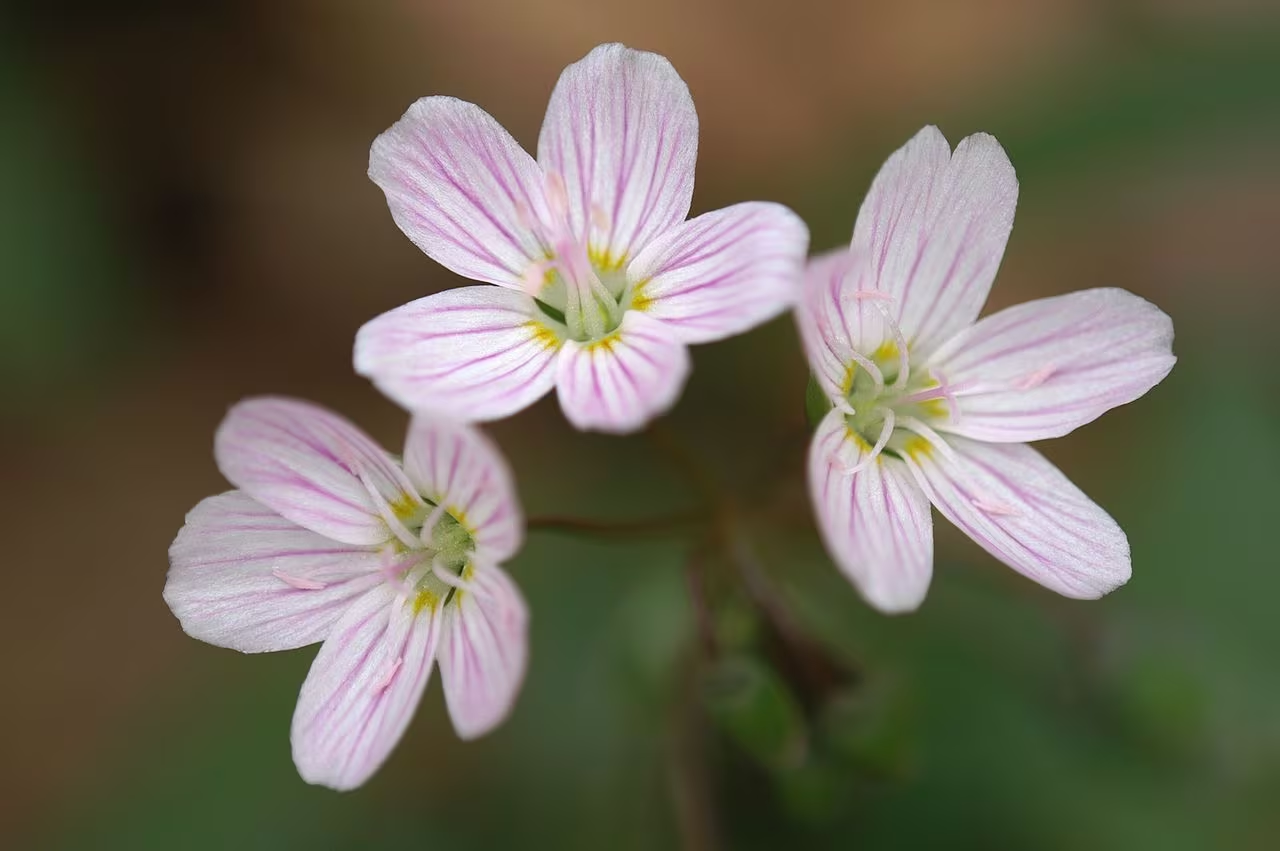
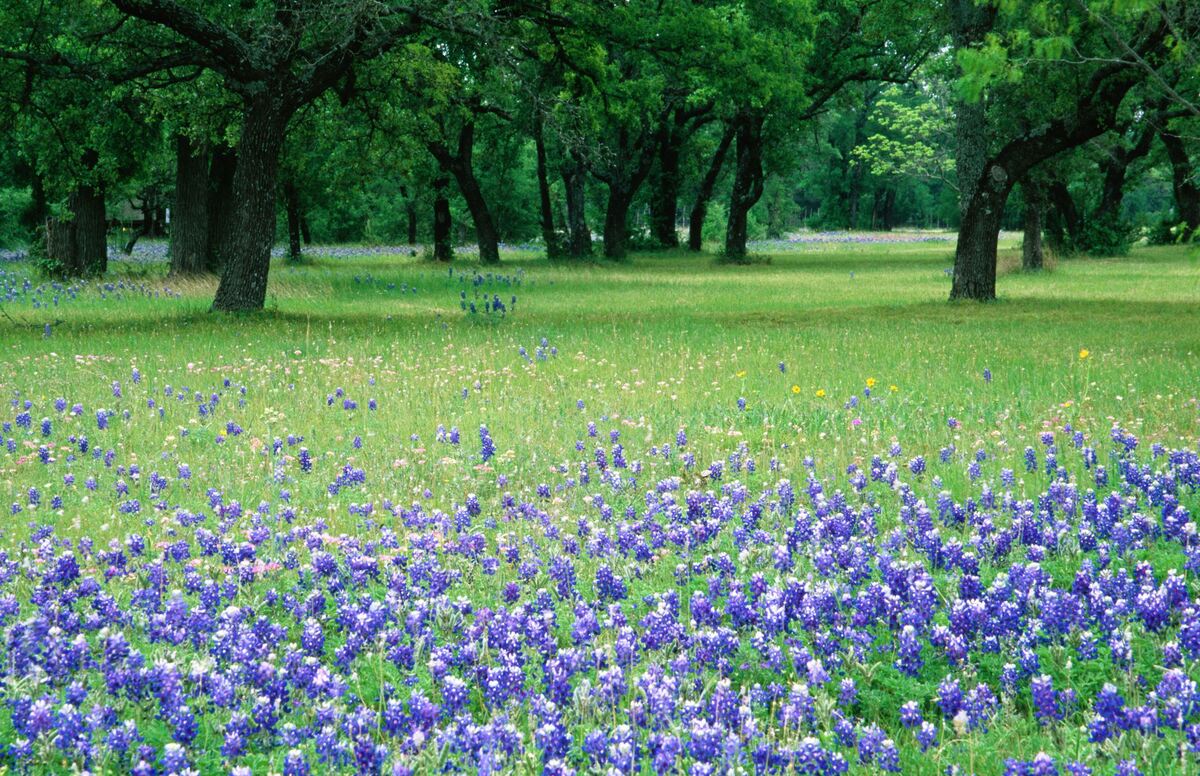
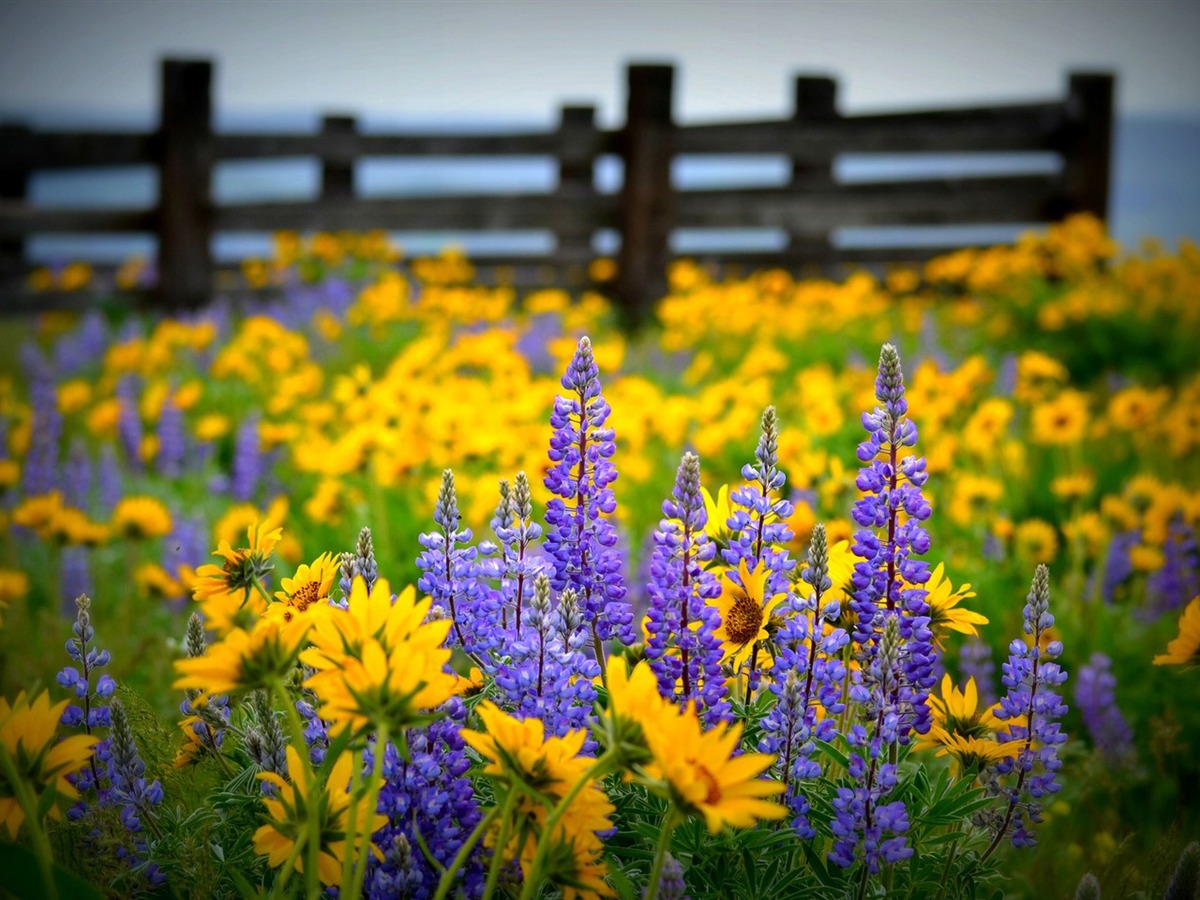
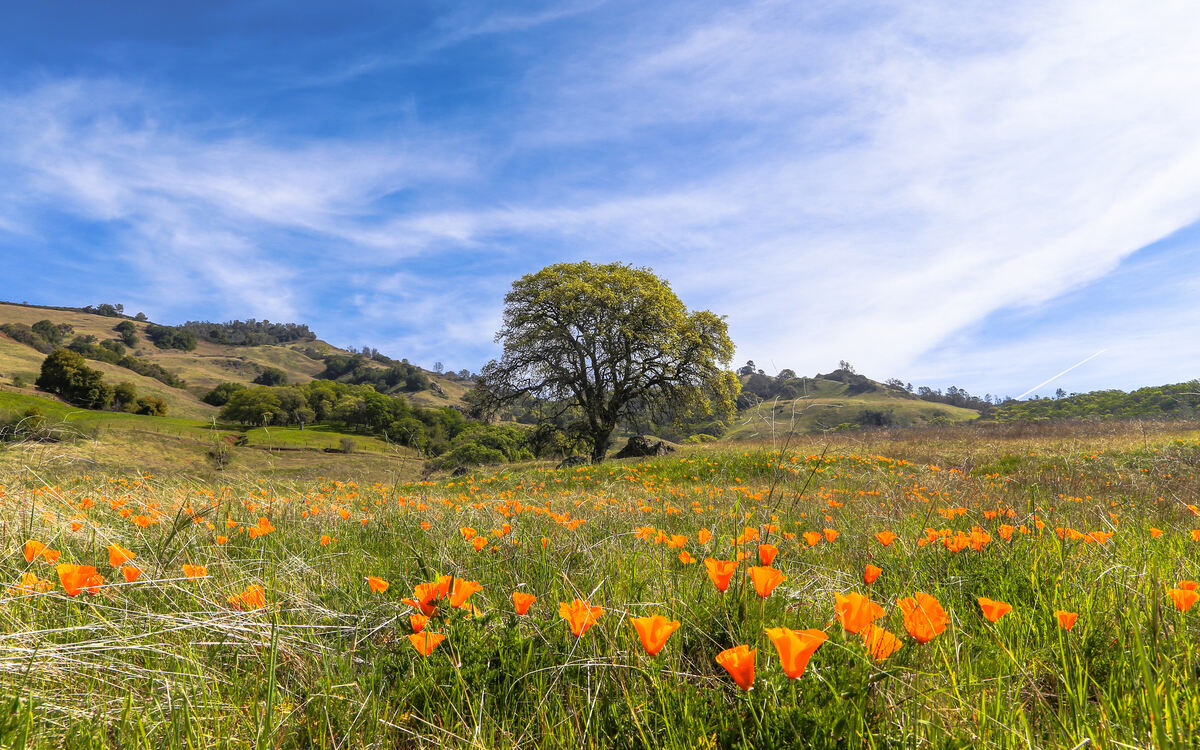
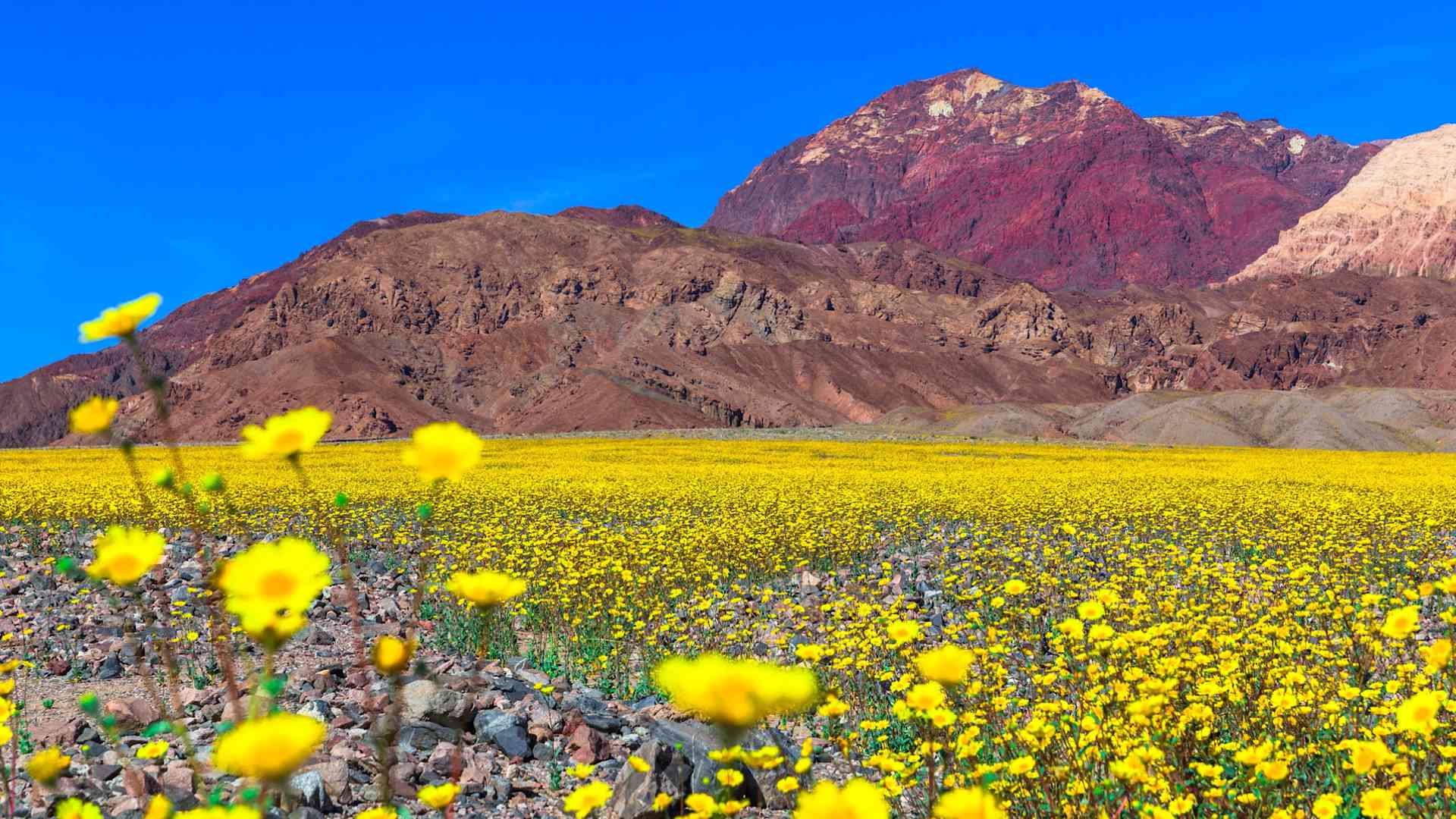
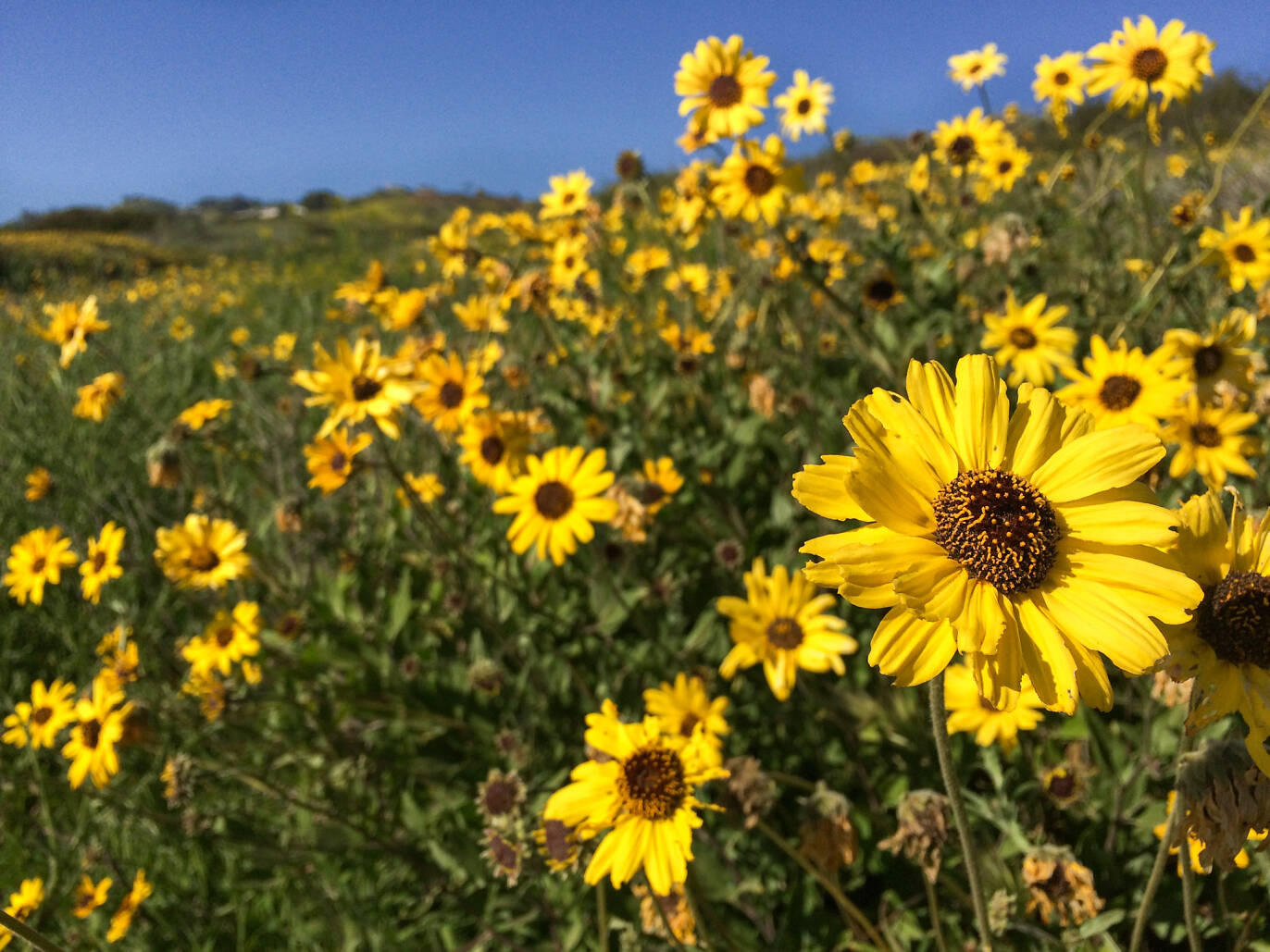
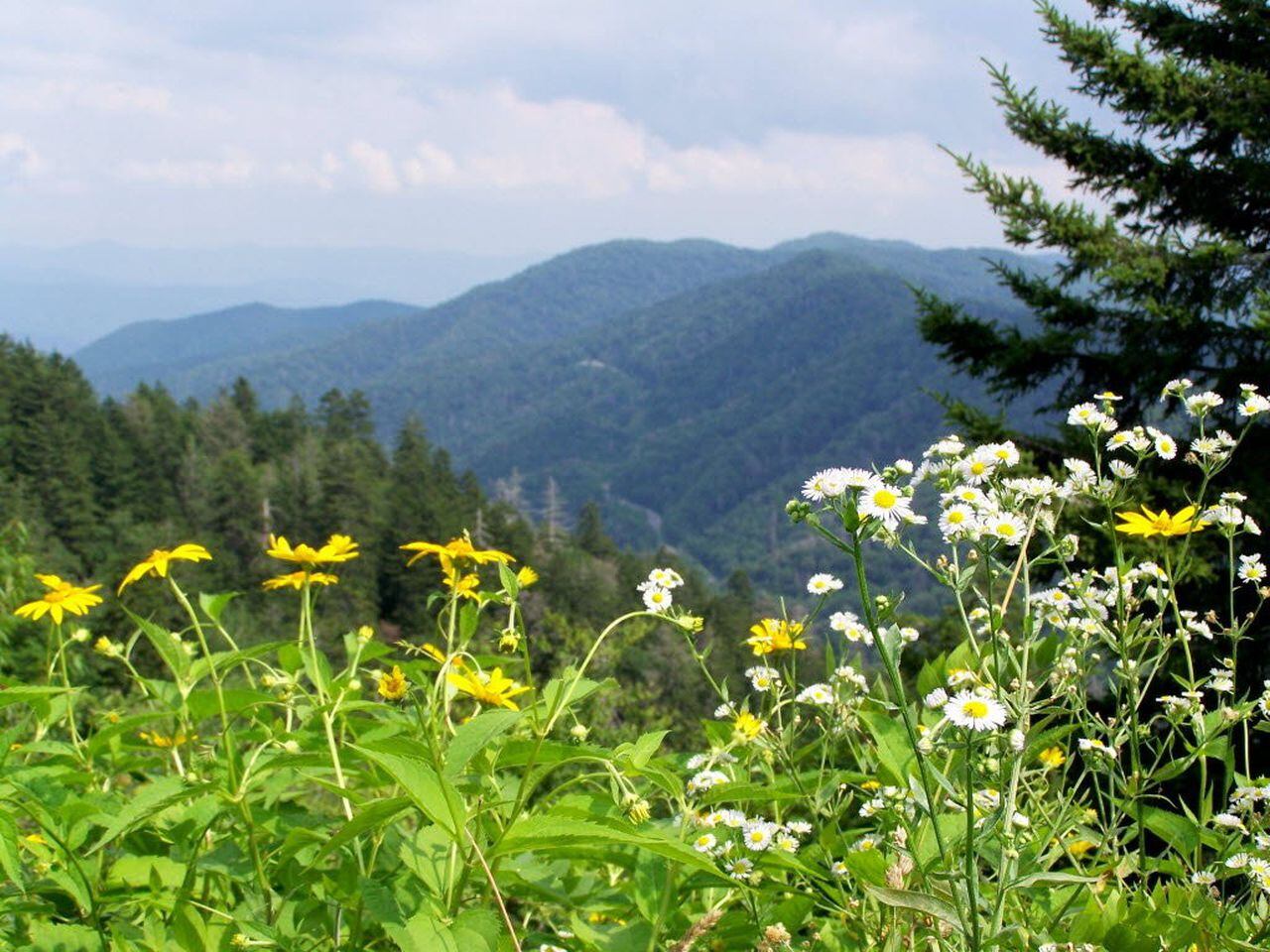
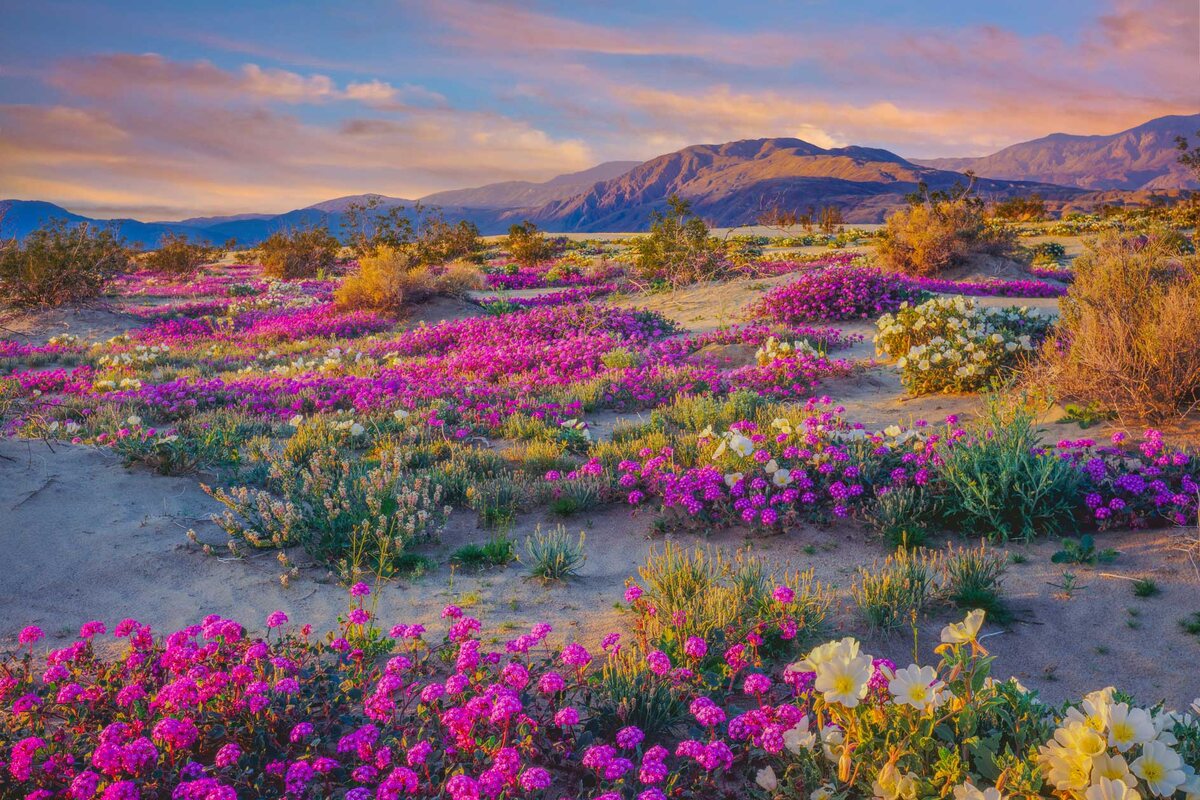
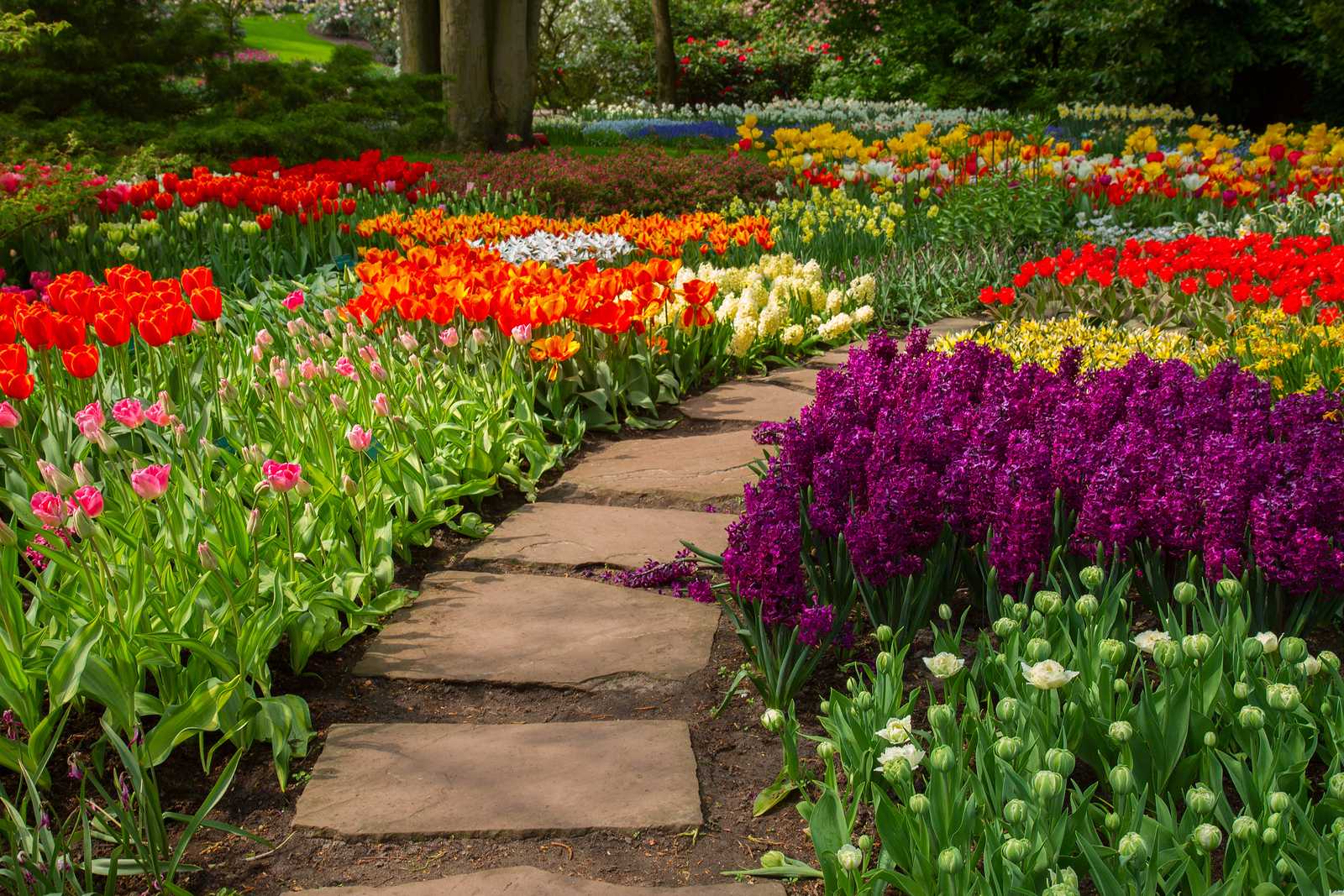
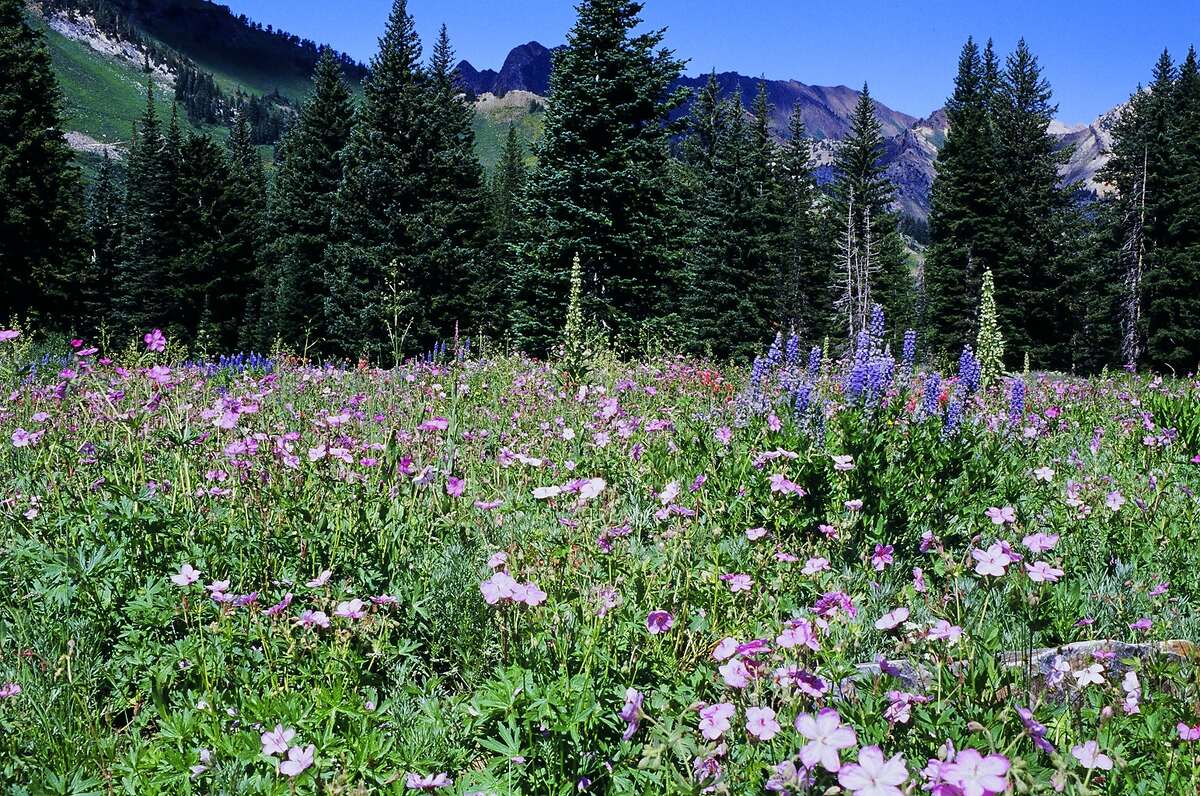
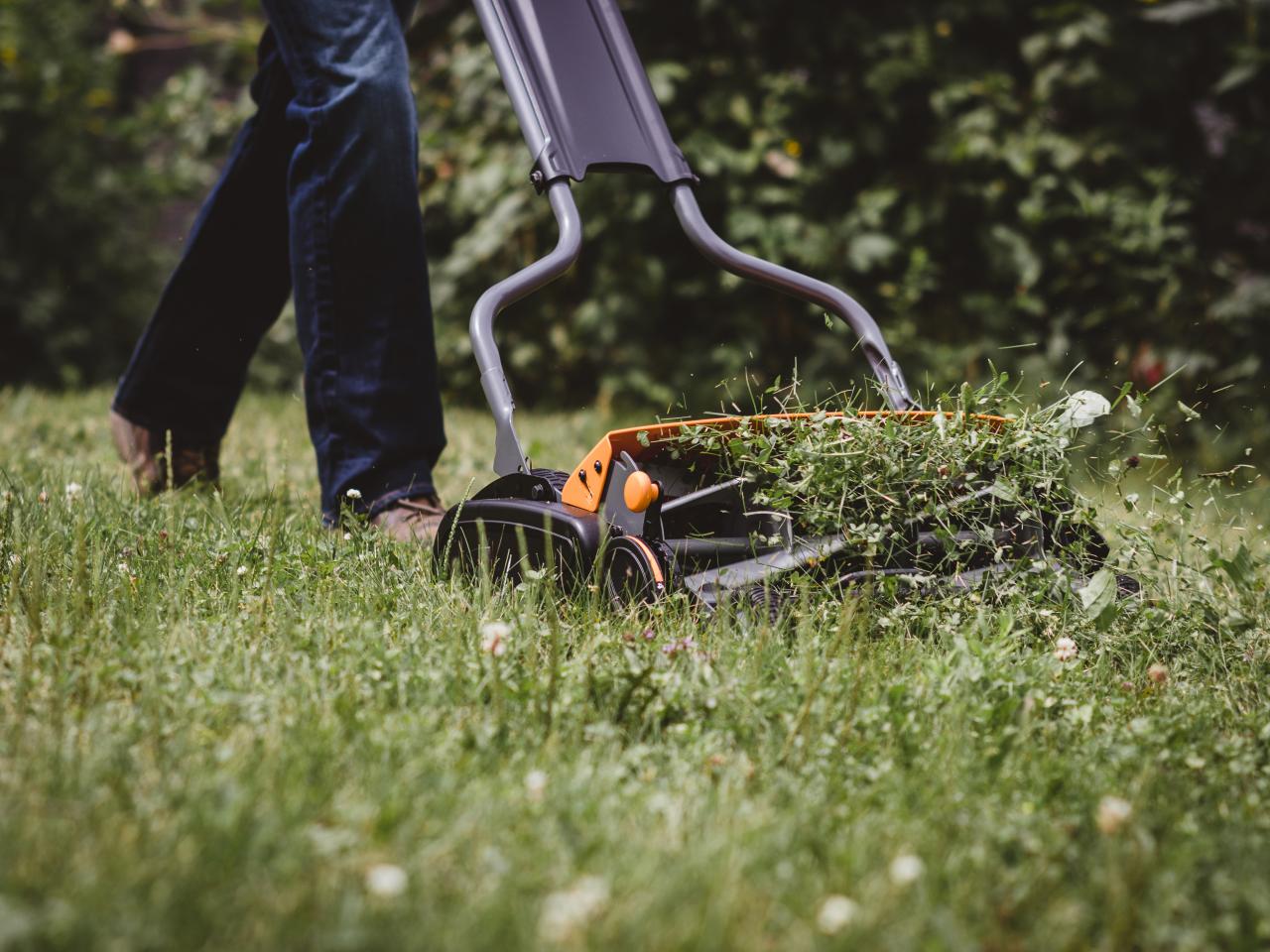
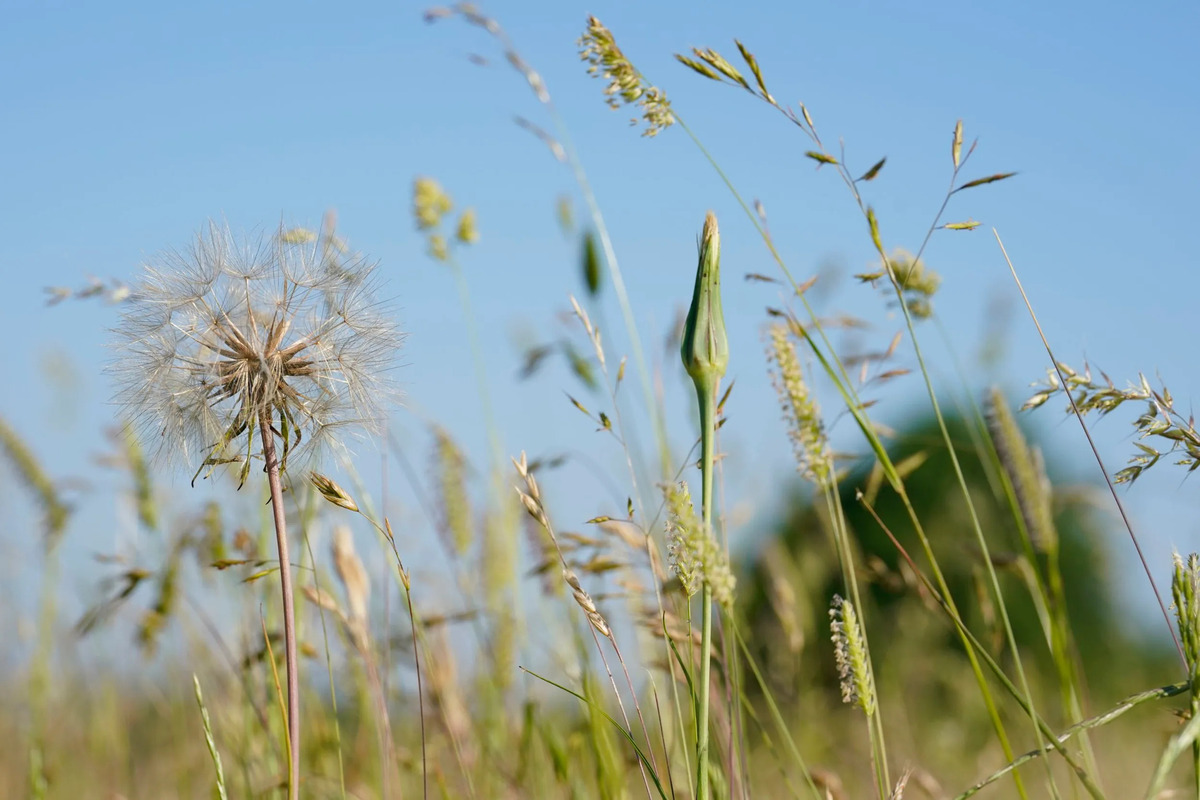
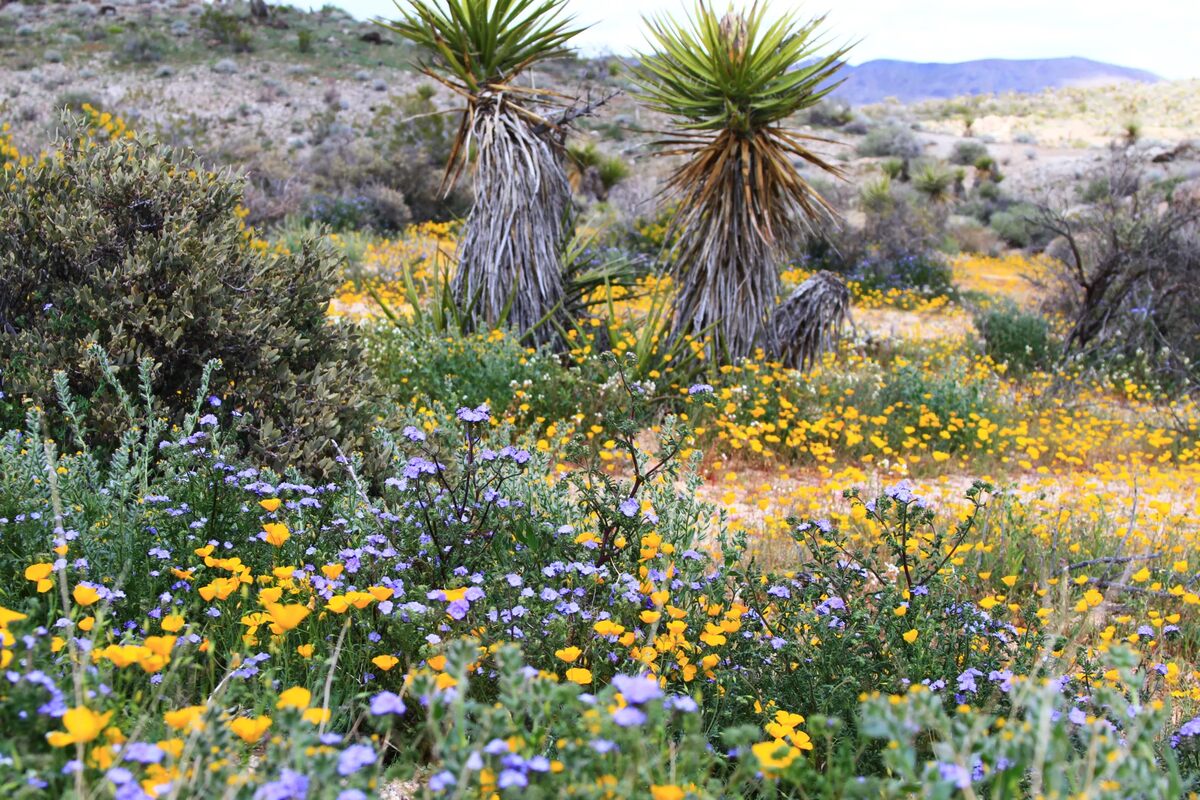
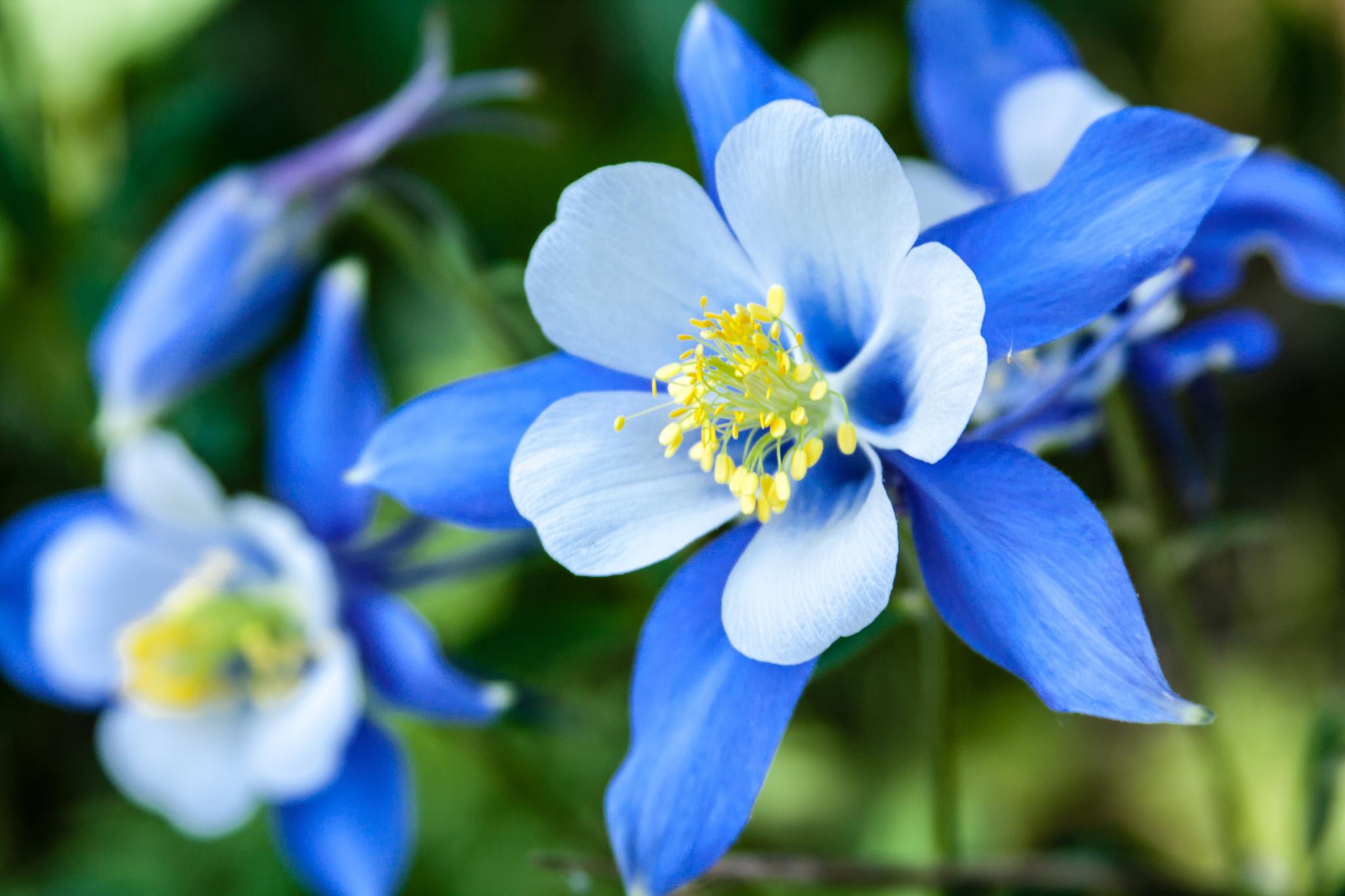
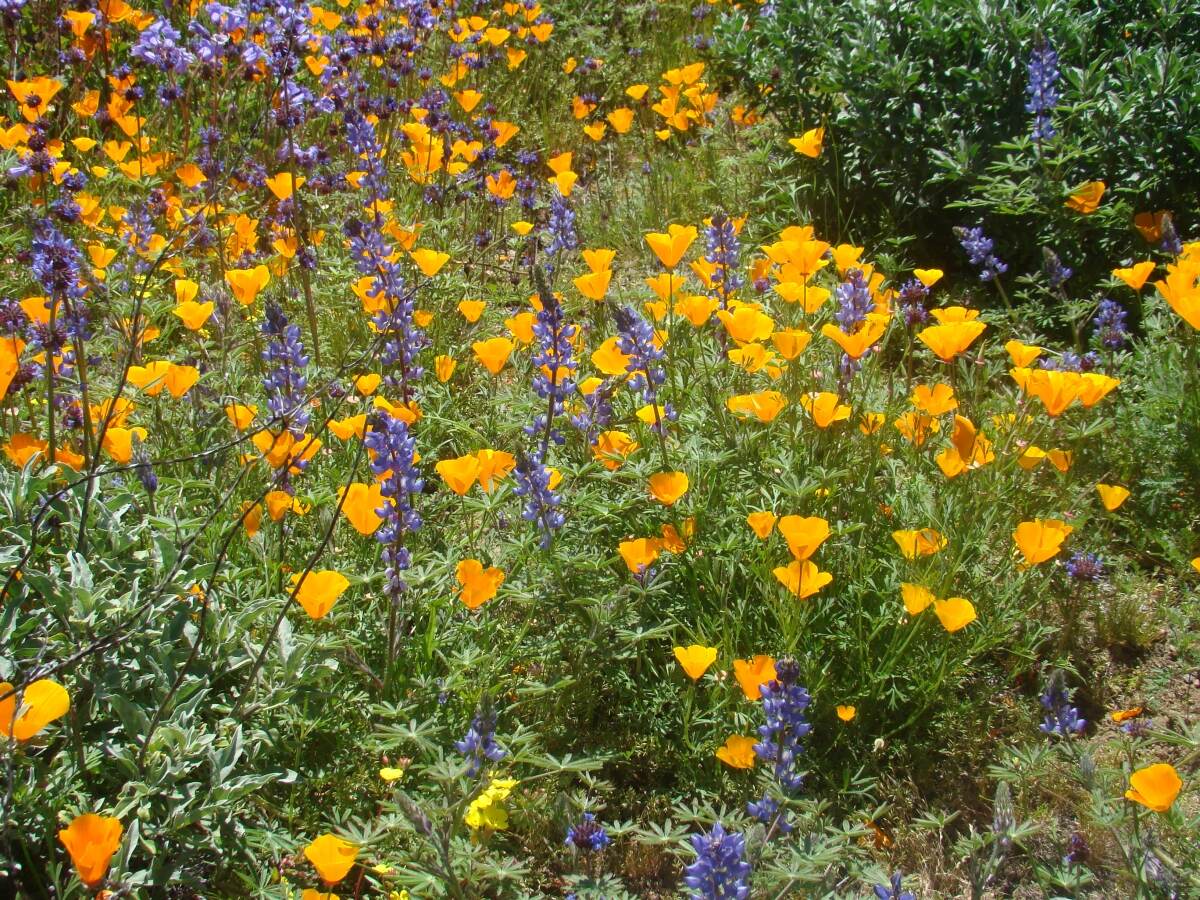

0 thoughts on “When Does Wildflower Season End”